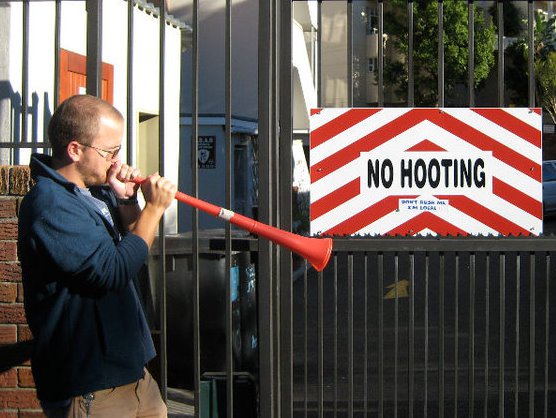Something I've learned recently is that I wear a somewhat larger size than I was used to in the states, at least in terms of relative position in the clothing rack. Though South Africa uses the metric system, they still have a inch-based size scale for pants, or something similar anyways. In the US I used to have to root through piles of larger pants for something that fit (especially as I'm relatively short as well), and they were often the smallest or second-smallest waist size in the place. But since most stores have at least some coverage for someone my size, so I could usually find a pair or two.
Here, though, I'm perfectly average or even a bit above average, so my size is very common but also sells out very quickly. All this is basically a lead-in to an interesting graph I found:

I wonder the graph would look like for my size. In the US I normally wear a 32 which is comfortably loose. Is it just a linear conversion factor? Or only above a certain size? Perhaps some sort of polynomial where the larger the size, the larger the distortion. I'm sure some math nut is working those answers now.
(h/t: Sullivan)
Here, though, I'm perfectly average or even a bit above average, so my size is very common but also sells out very quickly. All this is basically a lead-in to an interesting graph I found:

I wonder the graph would look like for my size. In the US I normally wear a 32 which is comfortably loose. Is it just a linear conversion factor? Or only above a certain size? Perhaps some sort of polynomial where the larger the size, the larger the distortion. I'm sure some math nut is working those answers now.
(h/t: Sullivan)

Comments
Post a Comment